Simple woodworking projects for kids are a fantastic way to introduce them to the joys of crafting and building. It’s not just about making things, it’s about learning valuable skills, fostering creativity, and having a blast while doing it! This article will guide you through easy projects, safety tips, and ways to encourage your kids to explore their woodworking potential.
From building birdhouses to creating simple wooden toys, we’ll cover a range of projects that are perfect for beginners. We’ll also explore how woodworking can enhance problem-solving skills, spatial reasoning, and even STEM learning. Ready to get your kids sawing, sanding, and creating? Let’s dive in!
Woodworking for Kids: Unleashing Creativity and Skills
Woodworking is more than just building things; it’s a fantastic way for kids to develop essential life skills, boost their creativity, and have tons of fun. This article explores a collection of simple woodworking projects perfectly suited for young hands and eager minds, encouraging them to explore the world of wood and craft something amazing.
Choosing the Right Wood for Kids’ Projects
Selecting the right wood is crucial for safe and enjoyable woodworking experiences for children. Here’s a guide to help you choose the best wood for your little woodworkers:
- Softwoods: Pine, cedar, and fir are excellent choices for beginners. They’re easy to work with, forgiving of mistakes, and less likely to splinter.
- Hardwoods: While harder to cut, hardwoods like maple, oak, and cherry offer beautiful grain patterns and durability. Supervise closely when using hardwoods, as they require sharper tools and more careful handling.
- Plywood: Plywood is a versatile option, offering stability and strength. It’s available in various thicknesses and finishes, making it ideal for different projects.
Safety First: Simple Woodworking Projects For Kids
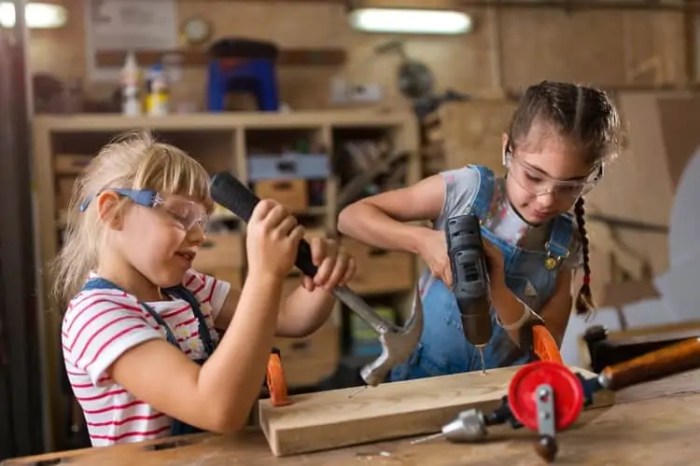
Woodworking can be a fun and rewarding hobby for kids, but it’s important to prioritize safety. With proper guidance and precautions, you can create a safe and enjoyable woodworking environment for your child.
Essential Safety Precautions
It’s crucial to establish a safe woodworking environment and instill good safety habits in kids. Here are some essential precautions:
- Always supervise children when they are using tools and machinery. Never leave them unattended.
- Ensure that children wear appropriate safety gear, such as safety glasses, hearing protection, and dust masks.
- Teach children about the proper use and handling of tools. Make sure they understand the potential dangers involved.
- Keep the work area clean and organized, removing any obstacles or clutter that could cause tripping or accidents.
- Use sharp tools and keep them in good condition. Dull tools are more dangerous as they require more force, increasing the risk of slips and injuries.
- Store tools safely when not in use, out of reach of children.
- Teach children about the importance of respecting power tools and machinery. Emphasize that they should never operate these tools without adult supervision.
- Provide a well-ventilated workspace to prevent dust accumulation, which can be harmful to health.
- Avoid using power tools or machinery on projects that are too complex or challenging for a child’s skill level.
- Always wear appropriate clothing, avoiding loose-fitting garments that could get caught in machinery.
Basic Safety Equipment for Kids
Here’s a table outlining essential safety equipment for kids in woodworking:
| Safety Equipment | Purpose |
|---|---|
| Safety Glasses | Protect eyes from flying debris and dust. |
| Hearing Protection | Reduce noise levels to protect hearing. |
| Dust Mask | Prevent inhaling sawdust and other wood particles. |
| Work Gloves | Provide grip and protection for hands. |
| Apron | Protect clothing from sawdust and spills. |
Beginner-Friendly Projects
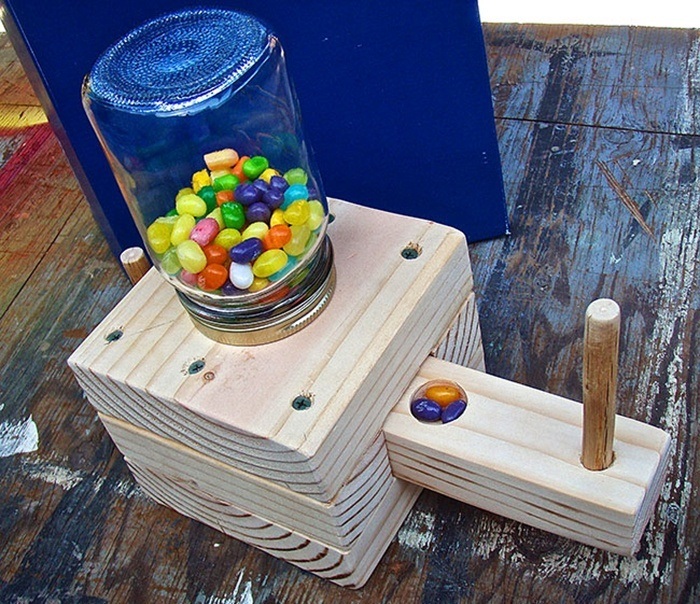
Starting with simple woodworking projects is a great way to introduce kids to the world of crafting and building. These projects are designed to be easy to follow and require minimal tools and materials, making them perfect for beginners.
Beginner-Friendly Woodworking Projects for Kids
Here’s a list of beginner-friendly woodworking projects that are suitable for young children:
| Project Name | Materials | Tools | Difficulty Level |
|---|---|---|---|
| Wooden Coaster | Scrap wood, sandpaper, wood glue, paint or stain | Saw, drill, sandpaper, paintbrush | Easy |
| Birdhouse | Wooden board, nails, hammer, paint | Saw, drill, hammer, paintbrush | Easy |
| Wooden Toy Train | Wooden dowels, wheels, paint | Saw, drill, paintbrush | Easy |
| Picture Frame | Wooden strips, wood glue, sandpaper, paint | Saw, drill, sandpaper, paintbrush | Easy |
| Wooden Sign | Wooden board, sandpaper, paint | Saw, sandpaper, paintbrush | Easy |
Encouraging Creativity
Woodworking is a fantastic way to unleash creativity in kids, allowing them to transform simple materials into unique and functional pieces. By encouraging their imagination and providing opportunities for self-expression, woodworking can spark a lifelong passion for crafting and problem-solving.
Open-Ended Projects
Open-ended projects offer a great way to foster creativity in kids. They provide a framework, but allow for individual interpretation and design choices. This encourages exploration, experimentation, and a sense of ownership over the project.
Here are some examples of open-ended woodworking projects:
- Birdhouses: Kids can design and build birdhouses of different shapes, sizes, and styles. They can choose the type of wood, paint, and decorations, allowing for unique and personalized creations.
- Toy Boxes: Building a toy box provides an opportunity for kids to design a storage solution that reflects their interests. They can choose the size, shape, and add decorative elements like handles, hinges, or paint.
- Decorative Shelves: Kids can create unique shelves for displaying their favorite items or adding a touch of personality to their room. They can experiment with different wood types, finishes, and designs.
- Personalized Signs: Encourage kids to create personalized signs for their rooms, gardens, or special occasions. They can choose the shape, size, and design, adding their own unique touch.
Learning Through Woodworking
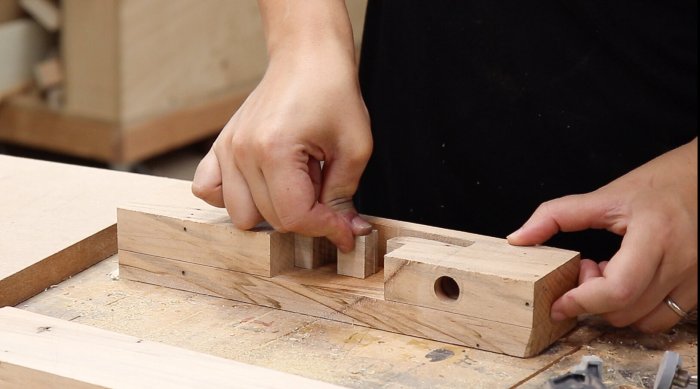
Woodworking isn’t just about creating beautiful objects; it’s a fantastic way for kids to learn valuable life skills. By engaging in hands-on woodworking projects, children develop problem-solving abilities, spatial reasoning, and a deeper understanding of STEM concepts.
Enhancing Problem-Solving Skills
Woodworking projects present children with real-world challenges that require them to think critically and creatively. When faced with a problem, they need to analyze the situation, identify possible solutions, and choose the most effective approach. This process helps them develop their problem-solving skills and learn to approach challenges with confidence.
Spatial Reasoning and Visualization
Woodworking involves understanding and manipulating three-dimensional space. Children learn to visualize how different shapes and sizes fit together, how to create precise measurements, and how to adjust their plans based on the materials they are using. These skills are crucial for spatial reasoning, which is essential for many fields, including architecture, engineering, and design.
STEM Learning Through Woodworking
Woodworking provides a hands-on approach to learning STEM concepts. Here are some examples:
- Mathematics: Measuring, calculating, and understanding ratios are essential for woodworking projects. Kids learn about fractions, geometry, and the relationship between different units of measurement.
- Science: Woodworking projects involve understanding the properties of wood, such as its grain, hardness, and density. Children learn about the effects of heat, moisture, and different types of wood finishes.
- Technology: Using tools and equipment safely and effectively is a key part of woodworking. Kids learn about the mechanics of different tools, how to use them properly, and how to troubleshoot any problems that arise.
- Engineering: Woodworking projects often involve designing and building structures, which teaches children about basic engineering principles such as load-bearing, stability, and stress distribution.
Tips for Success
Woodworking with kids is a rewarding experience, but it requires patience and guidance. Here are some practical tips for parents and educators to ensure a safe and successful woodworking journey for young learners.
Creating a Positive Woodworking Environment
A positive environment is crucial for encouraging kids to explore woodworking. Here are some tips for fostering a supportive and engaging space:
- Make it Fun: Woodworking should be enjoyable. Let kids choose projects they’re excited about, and celebrate their successes, no matter how small.
- Embrace Mistakes: Mistakes are part of the learning process. Help kids view them as opportunities to learn and improve, rather than failures.
- Provide Encouragement: Offer positive reinforcement and specific praise for their efforts and progress. This helps build confidence and a love for woodworking.
Troubleshooting Common Woodworking Challenges, Simple woodworking projects for kids
Woodworking projects can sometimes present unexpected challenges. Here are some strategies for troubleshooting common issues:
- Wood Splintering: This often happens when using softwoods or when the wood is too dry. To prevent splintering, use a sharp blade, clamp the wood securely, and consider using a sanding block to smooth rough edges.
- Tools Not Working Properly: Ensure tools are in good working condition. Sharpen blades regularly, check for loose screws, and lubricate moving parts as needed. If a tool is still not working, consider replacing it.
- Measuring Inaccuracies: Measuring mistakes can lead to project inconsistencies. Encourage kids to double-check measurements, use rulers and measuring tapes correctly, and consider using a pencil to mark cutting lines.
Beyond Basic Projects
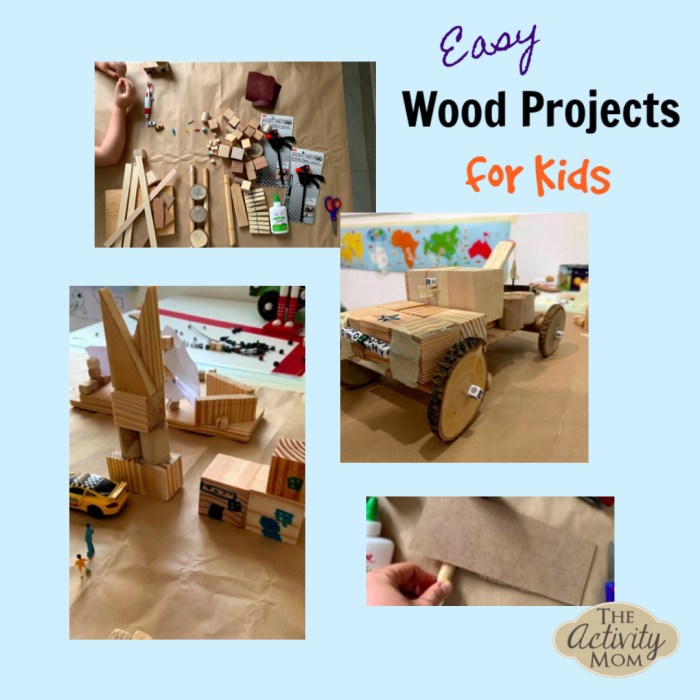
As your child’s woodworking skills grow, they might be ready for more complex and challenging projects. These projects allow them to explore different techniques and experiment with more intricate designs.
Finding Woodworking Plans and Tutorials
You can find a wide variety of woodworking plans and tutorials online that cater to different skill levels. These resources offer detailed instructions, diagrams, and sometimes even video demonstrations to guide your child through the project.
- Websites: Many websites offer free woodworking plans and tutorials. Some popular options include Ana White, Woodworking for Kids, and The Spruce Crafts.
- YouTube: YouTube is a great resource for finding woodworking tutorials. Search for “woodworking projects for kids” or “beginner woodworking projects” to find videos that suit your child’s interests and skill level.
- Books: There are also many books available that offer woodworking plans and tutorials for kids. These books often provide detailed instructions and helpful tips for beginners.
Advanced Woodworking Projects for Older Children
Here are some ideas for advanced woodworking projects that older children can tackle:
- Birdhouses: Birdhouses are a classic woodworking project that can be customized with different designs and features. Older children can experiment with different shapes, sizes, and materials, such as cedar or redwood.
- Planters: Building planters allows children to explore different woodworking techniques, such as cutting curves and creating decorative details. They can use different types of wood and experiment with different finishes.
- Small Furniture: With supervision, older children can tackle small furniture projects like stools, benches, or end tables. These projects require more precise measurements and cutting skills, but they are rewarding and allow children to create functional pieces for their homes.
- Decorative Boxes: Decorative boxes are a great way for children to express their creativity. They can use different types of wood, finishes, and decorative elements to create unique and personalized boxes for storing jewelry, trinkets, or other small items.
- Wooden Toys: Older children can design and build their own wooden toys, such as cars, trucks, or puzzles. These projects allow them to explore different woodworking techniques and use their imaginations to create fun and engaging toys.
Conclusive Thoughts
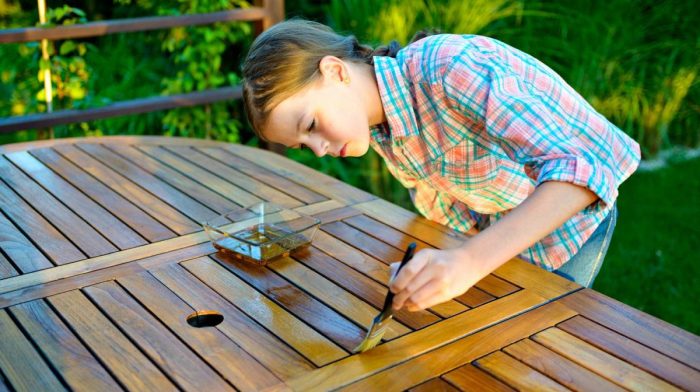
Woodworking for kids is a rewarding experience that combines learning and fun. By providing a safe environment and guidance, you can empower your kids to explore their creativity, develop essential skills, and build confidence. So grab some wood, tools, and a healthy dose of enthusiasm – you’re about to embark on a journey of crafting and discovery with your kids!
FAQs
What are the best tools for kids starting out with woodworking?
Start with basic tools like a hammer, saw, screwdriver, and sandpaper. Choose tools designed for kids with safety features and appropriate sizes.
How can I make woodworking more engaging for kids?
Let them choose projects they’re interested in, provide creative freedom, and encourage them to personalize their creations. Make it a fun family activity by working together and celebrating their achievements.
What if my child is too young for woodworking?
Even young kids can participate! They can help gather materials, assist with sanding, or paint finished projects. The key is to adapt activities to their age and abilities.
Simple woodworking projects for kids are a great way to teach them about tools and creativity. If you’re looking for some inspiration, check out woodworking plans magazine for a variety of projects that are perfect for beginners. You’ll find plans for everything from birdhouses to toy cars, so you can find something that interests your child and helps them learn new skills.
